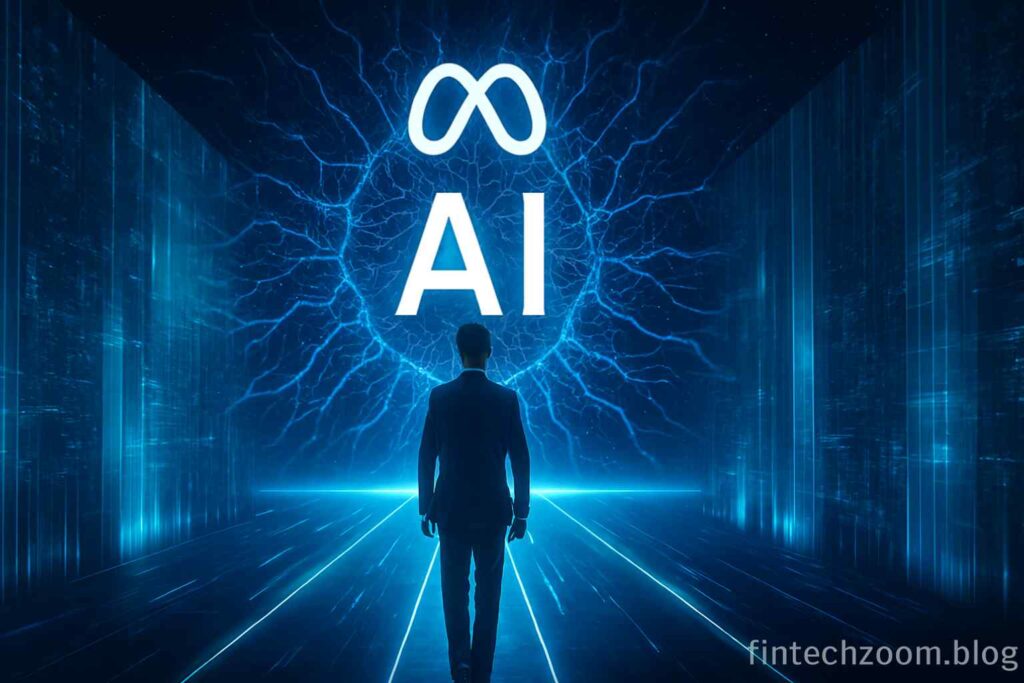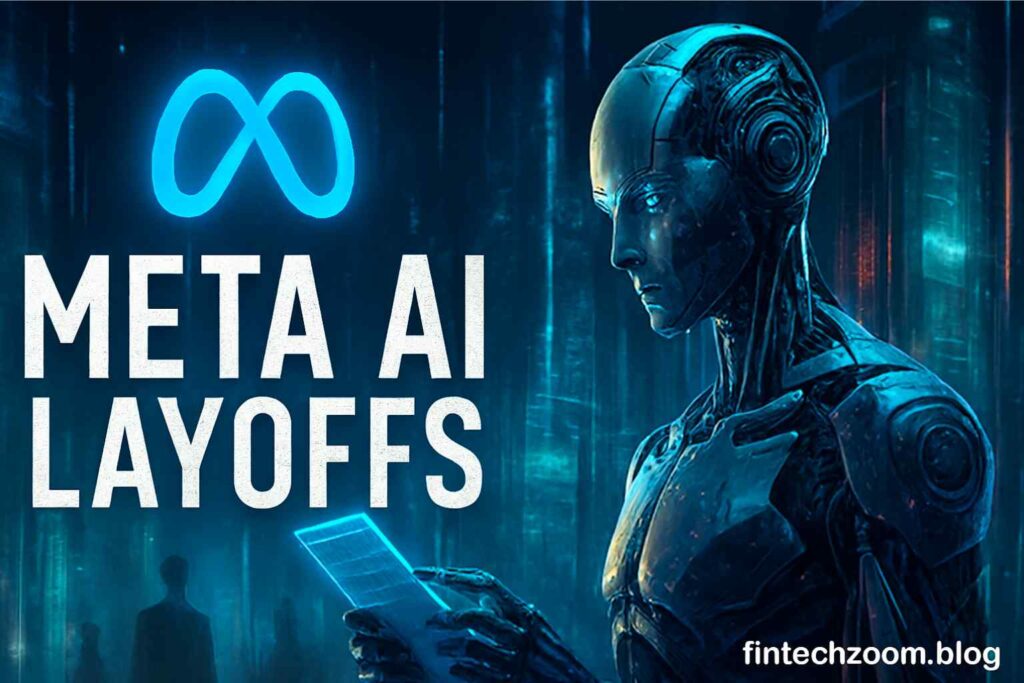Introduction
As of October 2025, the Meta AI layoffs have sent ripples across the global technology sector. The company recently confirmed a significant reduction of around six hundred roles within its artificial intelligence divisions — a move that has surprised many in the industry. The decision seems contradictory at first glance, especially amid the ongoing global rush toward AI innovation and Meta’s own heavy investments in the field.
Understanding the specifics behind the Meta AI layoffs, the motivations driving them, and their broader impact on the tech ecosystem offers a clearer picture of how big tech is reshaping itself for the next wave of AI advancement. This analysis explores which teams were affected, the strategic reasoning behind the decision, and what it means for Meta’s future roadmap and the evolving workforce of artificial intelligence at large.

The Specifics of the Workforce Reduction
In internal communications shared during the second week of October 2025, Meta’s leadership, including Chief AI Officer Alexander Wang, outlined the precise areas facing restructuring. The cuts predominantly targeted the Fundamental AI Research (FAIR) team, along with various groups focused on AI product development and infrastructure support. These groups were historically dedicated to long-term, exploratory research. Reports indicate that a newly formed unit, known internally as the “TBD Lab,” which concentrates on rapid prototyping and development, was largely spared from this round of layoffs. The elimination of these particular roles signals a clear departure from certain previous operational priorities.
Strategic Motivations Behind the Restructuring
Meta’s decision stems from a deliberate strategic pivot rather than simple cost-cutting measures. According to internal memos shared in October 2025, the company is shifting away from sprawling, legacy research projects toward more streamlined, product-oriented teams. The directive champions a culture of achieving greater impact with fewer resources, pushing for agility and faster deployment of AI technologies into consumer-facing applications. This realignment reflects the intense competitive pressure Meta faces from rivals like OpenAI and Google, both of which have accelerated their AI commercialization strategies this quarter. The move reinforces Meta’s intent to focus on areas with more immediate commercial potential and a direct path toward achieving its next-generation AI goals.
Immediate and Broader Industry Impact
The immediate effect on employee morale and internal mobility within Meta remains a significant point of consideration. While the company has stated that many affected employees could apply for other open roles internally, the disruption and uncertainty create a challenging environment. For Meta’s AI roadmap, this restructuring suggests a de-prioritization of pure research in favor of applied AI that can be integrated directly into platforms like Facebook, Instagram, and Threads.
The wider tech industry is watching closely, especially as 2025 continues to see a wave of AI-related layoffs across major tech firms. This move may trigger a talent shuffle and signal to other companies that a similar focus on lean, product-centric AI teams is becoming the new standard for survival in the current market.

The Road Ahead for Meta’s AI Initiatives
Looking ahead to late 2025 and early 2026, Meta’s AI strategy will likely be characterized by a dual approach of cutting certain divisions while aggressively hiring for others. The spared TBD Lab represents the future focus—a unit built for speed and tangible output. This paradox of simultaneous hiring and firing underscores a fundamental redefinition of the company’s required skill sets.
Future product offerings may see accelerated integration of generative AI features in Meta’s apps and even deeper AI-driven ad systems, but potentially at the cost of groundbreaking, long-horizon research. The company’s ability to balance this act will be critical to maintaining its competitive edge in 2026.
A Comparative View of Recent Tech Layoffs (Updated October 2025)
| Company | Division Affected | Scale of Layoffs | Stated Reason |
|---|---|---|---|
| Meta | AI Research (FAIR) & Product Teams | ~600 employees | Strategic shift to product-oriented, agile teams (Oct 2025) |
| Core Engineering & Hardware Teams | Hundreds of Roles | Efficiency and restructuring of hardware priorities (2025) | |
| Microsoft | Azure Cloud and Mixed Reality | Thousands of Employees | Realignment of business strategy and AI cost management (2025) |
| Amazon | Twitch, Audible, and Prime Teams | Hundreds of Roles | Ongoing restructuring post-pandemic expansion (2025) |

Essential Lessons for the Technology Profession
Professionals working in artificial intelligence and related fields can draw important conclusions from this development. As 2025 draws to a close, job security increasingly hinges on working in domains with clear, short-term product roadmaps and direct revenue potential. The value of specialized, experimental research roles, while still critical for innovation, is being weighed differently by large corporations under financial and competitive pressure.
Companies across the board are realizing that massive scale alone is not sufficient; the ability to pivot quickly and dismantle legacy structures is equally vital for sustaining growth in a rapidly changing AI-driven market.
Also Read: Gold Prices Today USA(22K, 24K): Current Gold Rate per Ounce & Daily Forecast
Concluding Analysis
Meta’s October 2025 AI layoffs represent a calculated and strategic repositioning for the future. The company is streamlining its operations to compete more effectively in the high-stakes artificial intelligence race, prioritizing deployment over pure discovery.
This evolution highlights a broader industry trend where agility and commercial application are becoming the primary drivers of research and development investments. The coming months will reveal whether Meta’s latest restructuring strengthens its competitiveness or limits long-term innovation—but one thing is clear: the AI race entering 2026 will be faster, leaner, and far more ruthless than ever before.
FAQ About META AI Layoffs
Q1: Can I turn off Meta AI on Facebook?
Ans: No, there is currently no full setting to disable Meta AI on Facebook. You can mute or avoid the AI chat suggestion, but full removal is not supported.
Q2: How can you opt out of Meta AI?
Ans: Complete opt-out from Meta AI is not available, but you can reduce its use by muting notifications or disabling certain features like comment summaries in settings.
Q3: Why is Meta laying off so many employees?
Ans: Meta Platforms is cutting jobs primarily to streamline operations, improve efficiency and focus on higher-priority growth areas amid slowing ad revenue and rising costs.
Q4: Can I opt out of using Meta AI?
Ans: You cannot fully opt out of using Meta AI across all apps. You may limit its visibility by avoiding features, muting the bot, or using older app versions where available.
Q5: Why did Meta cut jobs in its AI division?
Ans: Meta reduced about 600 AI roles to refocus on faster, product-driven innovation instead of long-term research projects.
Q6: Is Meta still hiring for AI roles?
Ans: Yes. Meta continues hiring for its new TBD Lab, focusing on rapid AI development and product integration.
Q7: How will these layoffs affect the AI industry?
Ans: They signal a broader tech shift from experimental research toward commercially viable, product-based AI strategies.
Q8: Can affected Meta employees find other roles?
Ans: Yes. Many impacted employees can apply internally for new AI and product-focused positions within Meta.

